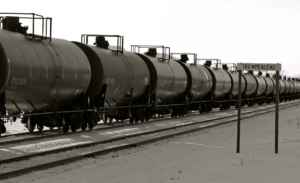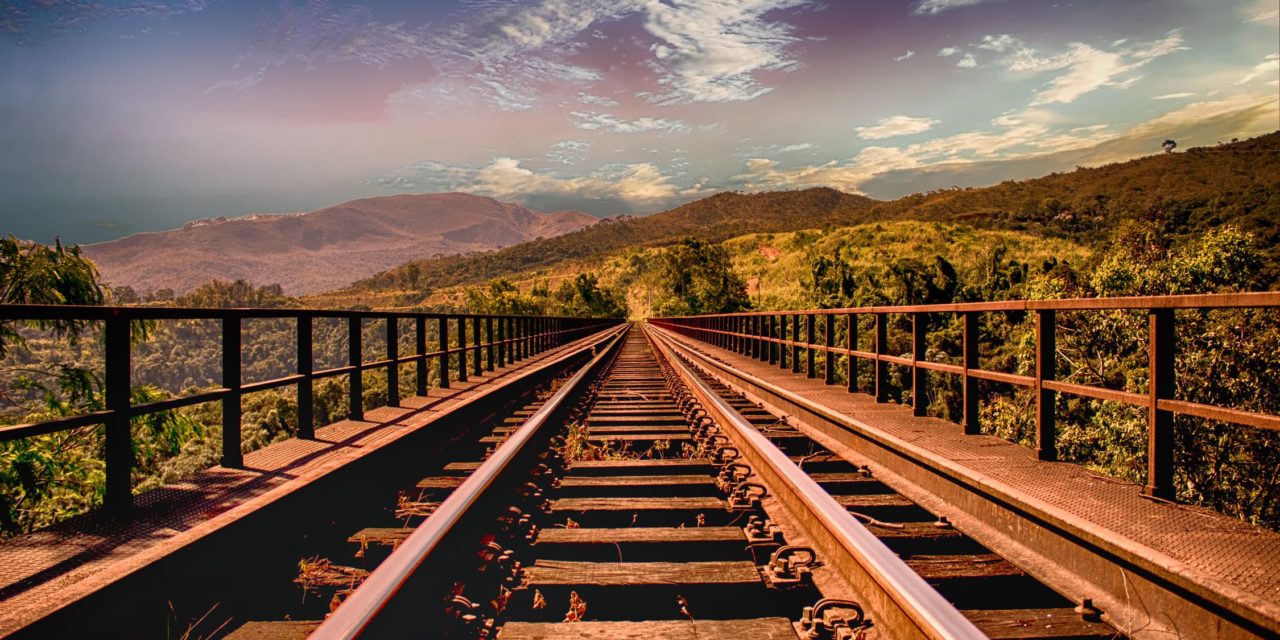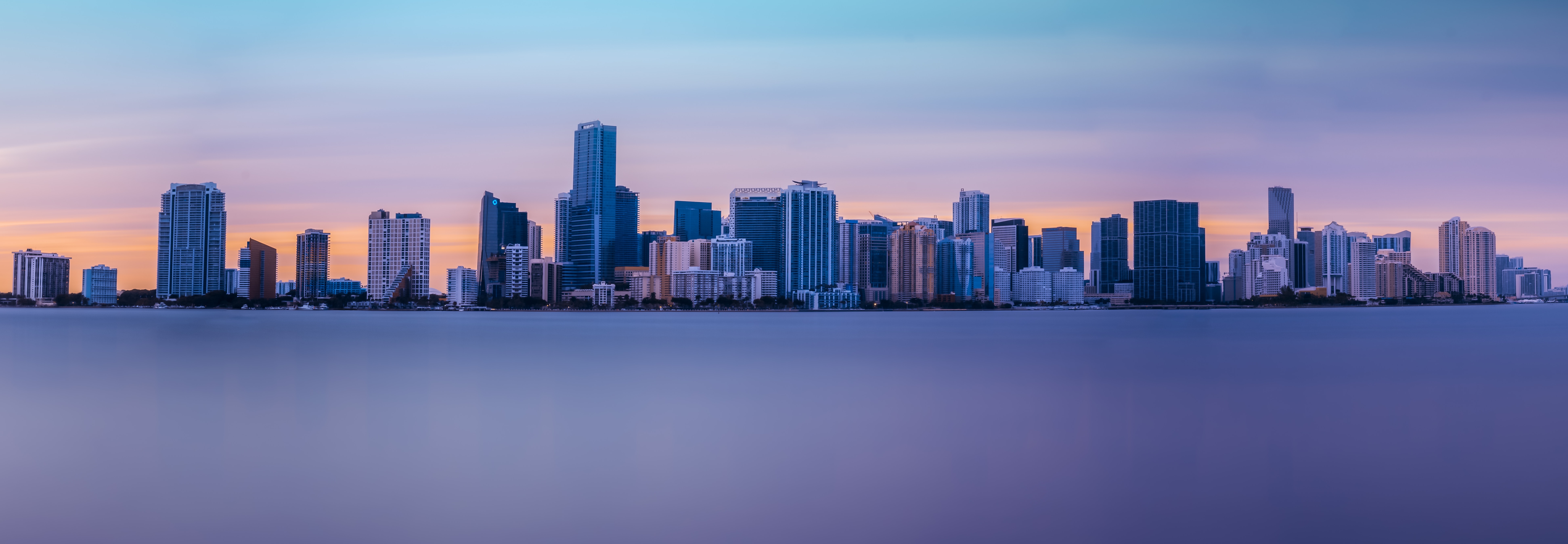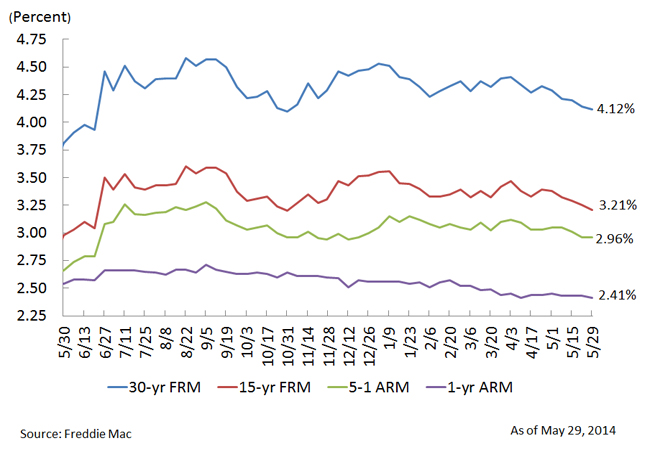
BNSF’s Northern Transcon is the main rail conduit for 600,000+ bbl/d of oil from western North Dakota’s Bakken oil field. Photo by Roy Luck. Used under Creative Commons 2.0.
Last year, thousands of people arrived in South Dakota near Lake Oahe to protest building a portion of the Dakota Access Pipeline underneath the lake. Environmentalists worried that an oil spill along the lake could contaminate the water sources for the nearby Standing Rock Indian Reservation.
In Vancouver, Oregon at about the same time, about 20 people were arrested after they allegedly blocked railroad tracks to prevent oil trains from passing through the city. Like the fight in South Dakota, the concern was that an oil spill, this time by a train that derailed, could cause an environmental disaster.
Oil pipelines, from the Dakota Access Pipeline to the Keystone XL pipeline, often appear in national headlines more than oil trains. But both have the same goal: Move oil from the wells to consumers. Both methods have a stigma attached to them – they are dangerous because of their potential to negatively impact the surrounding areas in the event of a spill.
Oil trains carry an additional hazard in that they often pass through heavily populated areas, and a derailment can result in damage beyond the spill. Four years ago in Lac-Mégantic, a town in Quebec, an oil train derailed and several train cars exploded. More than 40 people died and almost the entire town center was either destroyed or had to be torn down due to contamination.
In the time since Lac-Mégantic, other oil trains have derailed, causing either spills, explosions, or both. As a result, governments throughout North America have considered legislation that would ban oil trains from populated areas or require higher safety standards.
Land owners near oil pipelines have also been fighting to keep oil and gas companies from building pipelines on their property. Often the companies will look to use eminent domain to acquire the property needed for the construction. Instead of legislation at the local levels, property owners must head to court.
Oil companies, however, are limited in their options in transporting oil. Two recent papers looked at how the two modes of moving oil compared to each other. Researchers at the Energy Policy Institute at the University of Chicago (EPIC) found that companies will choose the mode transportation method based on a range of variables, and as those change, the company might find pipelines more cost effective than oil trains, and vice versa.
Another paper from the National Bureau of Economic Research (NBER) found that while policy debates often revolve around concerns over oil spills and fires, the damage from pollution and greenhouse gases from both pipelines and oil trains is far greater than other concerns.
Today, the battle continues over how best to transport oil across long distances. The Dakota Access Pipeline is now operational, and the Keystone XL Pipeline was revived under the current administration, although it is currently facing legal challenges . Oil trains continue to move across the country, but lawmakers on the state level have worked to pass legislation making them safer.
For now, oil companies continue to use a combination of trains and pipelines, but as the researchers at EPIC found, the future of oil transportation will come down to cost and efficiency, and it will be something companies will have to reevaluate on a regular basis.






Recent Comments